Home>Furniture & Design>Interior Design Trends>What Is Acrylic Glass
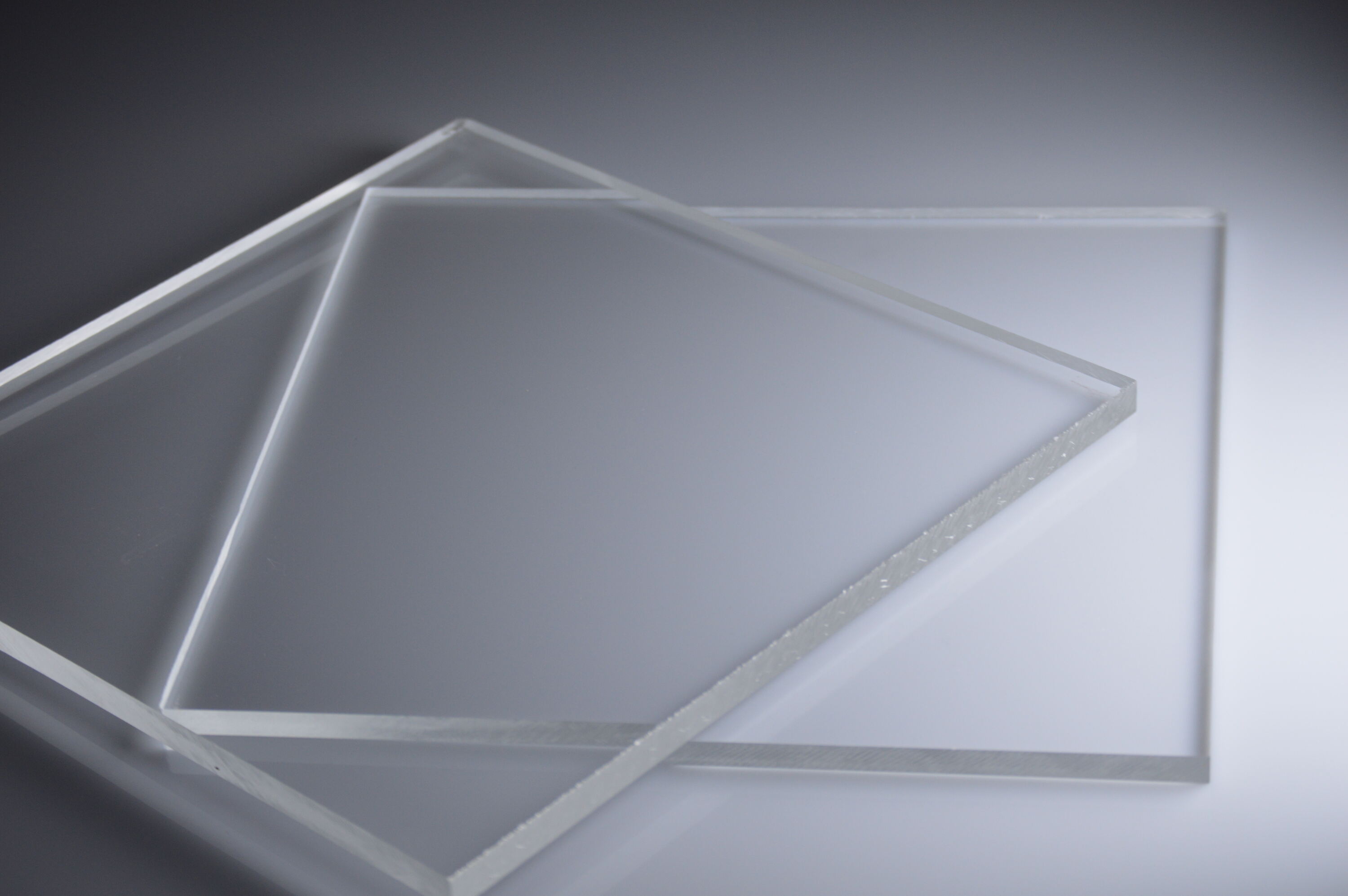

Interior Design Trends
What Is Acrylic Glass
Modified: February 18, 2024
Discover the latest interior design trends with acrylic glass. Learn about its versatility and modern appeal for your home decor.
(Many of the links in this article redirect to a specific reviewed product. Your purchase of these products through affiliate links helps to generate commission for Storables.com, at no extra cost. Learn more)
Introduction
Acrylic glass, also known as polymethyl methacrylate (PMMA) or simply acrylic, is a versatile and popular material used in various applications. It is a transparent thermoplastic that resembles glass but offers greater durability and flexibility. Acrylic glass has gained widespread recognition for its exceptional optical clarity, weather resistance, and impact strength, making it a preferred choice for a wide range of products and projects.
Acrylic glass is a synthetic polymer that was first developed in the early 20th century and has since become a staple in the fields of design, architecture, and manufacturing. Its unique properties have made it a go-to material for designers, architects, and artists seeking to incorporate transparency, lightness, and resilience into their creations.
This remarkable material has revolutionized the way we approach design and construction, offering a compelling alternative to traditional glass and other plastics. Its adaptability and versatility have led to its extensive use in diverse industries, including interior design, signage, automotive, medical devices, and even aquarium construction.
As we delve deeper into the world of acrylic glass, we will explore its properties, uses, advantages, and disadvantages, shedding light on the myriad ways in which this remarkable material continues to shape our modern world.
Key Takeaways:
- Acrylic glass is a modern, durable material with exceptional transparency and versatility, revolutionizing design and construction across industries from architecture to automotive components.
- While acrylic glass offers numerous benefits such as impact resistance and energy efficiency, it’s important to consider its limitations, including susceptibility to scratching and higher cost, when choosing materials for specific projects.
Read more: How To Clean Acrylic Glass
Properties of Acrylic Glass
Acrylic glass boasts a remarkable set of properties that contribute to its widespread popularity and diverse applications. Understanding these properties is crucial for appreciating the versatility and functionality of this material.
-
Transparency: One of the most striking features of acrylic glass is its exceptional transparency. It offers optical clarity comparable to that of traditional glass, allowing light to pass through with minimal distortion. This property makes it an ideal choice for applications where visibility and aesthetics are paramount, such as museum displays, architectural elements, and retail fixtures.
-
Durability: Despite its glass-like appearance, acrylic glass is significantly more durable and impact-resistant than traditional glass. It is less prone to shattering, making it a safer option for environments where safety is a concern. This durability also extends to outdoor use, as acrylic glass is highly resistant to weathering, UV radiation, and discoloration, making it suitable for outdoor signage, skylights, and marine enclosures.
-
Lightweight: Acrylic glass is remarkably lightweight, making it easier to handle and install compared to traditional glass. This property is particularly advantageous in applications where weight is a concern, such as aircraft windows, automotive components, and portable displays.
-
Moldability: Acrylic glass can be easily molded and shaped, allowing for the creation of complex and intricate designs. Its thermoplastic nature enables it to be formed into various shapes and sizes, making it a versatile choice for custom displays, architectural features, and artistic installations.
-
Chemical Resistance: Acrylic glass exhibits excellent resistance to many chemicals, including alcohols, aliphatic hydrocarbons, and diluted acids. This property makes it suitable for use in laboratory equipment, chemical storage containers, and medical devices where exposure to various substances is expected.
-
Thermal Insulation: While acrylic glass has lower thermal conductivity than traditional glass, it provides effective insulation, helping to maintain consistent indoor temperatures. This property is advantageous in applications such as windows, skylights, and greenhouse panels, where energy efficiency is a priority.
-
Ease of Maintenance: Acrylic glass is relatively easy to clean and maintain, requiring simple household cleaning agents and soft cloths. This property contributes to its suitability for high-traffic areas, retail displays, and residential applications where regular maintenance is essential.
These properties collectively position acrylic glass as a versatile and reliable material that continues to inspire innovation across a wide spectrum of industries. Its unique combination of transparency, durability, and adaptability has cemented its status as a preferred choice for designers, architects, and manufacturers seeking to push the boundaries of creativity and functionality.
Uses of Acrylic Glass
Acrylic glass, with its exceptional properties, finds a multitude of uses across diverse industries, showcasing its adaptability and functionality. The versatility of this material has led to its incorporation in various applications, each harnessing its unique attributes to achieve remarkable results.
-
Architectural Glazing: Acrylic glass is extensively used in architectural glazing applications, including windows, skylights, and canopies. Its lightweight nature, coupled with superior impact resistance, makes it an ideal choice for creating expansive, transparent surfaces that invite natural light while ensuring safety and durability.
-
Retail Displays and Signage: The transparency and moldability of acrylic glass make it a favored material for retail displays, signage, and point-of-purchase fixtures. Its ability to showcase products with clarity and brilliance, combined with the ease of customization, allows designers to create captivating and functional displays that enhance the visual appeal of retail spaces.
-
Art Installations: Acrylic glass serves as a canvas for artists and designers, enabling the creation of captivating art installations and sculptures. Its optical clarity and moldability allow for the realization of intricate and visually stunning pieces that play with light, color, and form, adding a touch of modernity and sophistication to public spaces and galleries.
-
Automotive Components: The automotive industry leverages the lightweight and impact-resistant nature of acrylic glass for various components, including headlight lenses, instrument panels, and interior trim. Its ability to withstand impact and provide optical clarity contributes to enhanced safety and aesthetics within vehicles.
-
Aquarium Construction: Acrylic glass is a preferred material for constructing aquariums and aquatic displays due to its exceptional transparency and resistance to water pressure. Its durability and moldability allow for the creation of large, seamless viewing panels that offer an immersive underwater experience while ensuring the structural integrity of the aquatic environment.
-
Medical Devices and Equipment: Acrylic glass is utilized in medical devices and equipment, including incubators, laboratory enclosures, and protective barriers. Its chemical resistance, optical clarity, and ease of sterilization make it an ideal choice for creating hygienic and visually unobtrusive solutions within medical settings.
-
Furniture and Interior Design: Designers and manufacturers incorporate acrylic glass into furniture and interior design elements to introduce a modern and sleek aesthetic. Its ability to create transparent and lightweight furniture pieces, partitions, and decorative accents adds a touch of sophistication and contemporary flair to interior spaces.
-
Lighting Fixtures: Acrylic glass is employed in the creation of lighting fixtures, diffusers, and decorative lighting elements. Its light-transmitting properties, coupled with the ease of shaping and molding, allow for the production of innovative and visually striking lighting solutions that enhance ambiance and visual appeal in residential and commercial settings.
The diverse range of applications for acrylic glass underscores its significance as a material that transcends traditional boundaries, offering unparalleled versatility and functionality. Its seamless integration into various industries continues to inspire creativity and innovation, shaping the modern landscape of design, architecture, and manufacturing.
Acrylic glass, also known as plexiglass, is a transparent plastic material that is lightweight and shatter-resistant. It is often used as a substitute for glass in applications such as windows, aquariums, and picture frames.
Advantages of Acrylic Glass
Acrylic glass, also known as PMMA, offers a plethora of advantages that contribute to its widespread adoption across diverse industries. Its unique properties and characteristics position it as a superior alternative to traditional glass and other plastics, presenting a host of benefits that cater to the evolving needs of designers, architects, and manufacturers.
-
Exceptional Transparency: Acrylic glass exhibits optical clarity comparable to traditional glass, allowing for the transmission of light with minimal distortion. This transparency makes it an ideal choice for applications where visibility and aesthetics are paramount, such as museum displays, architectural glazing, and retail fixtures.
-
Superior Impact Resistance: Unlike traditional glass, acrylic glass is significantly more durable and less prone to shattering upon impact. This exceptional impact resistance enhances safety in various environments, making it suitable for use in public spaces, automotive components, and protective barriers.
-
Lightweight Nature: Acrylic glass is remarkably lightweight, facilitating ease of handling and installation. Its reduced weight compared to traditional glass makes it an advantageous choice for applications where weight is a concern, such as aircraft windows, portable displays, and architectural elements.
-
Weather Resistance: Acrylic glass demonstrates high resistance to weathering, UV radiation, and discoloration, making it suitable for outdoor applications such as signage, skylights, and marine enclosures. Its ability to maintain optical clarity and structural integrity in outdoor environments contributes to its longevity and reliability.
-
Moldability and Customization: The thermoplastic nature of acrylic glass allows for easy molding and shaping, enabling the creation of custom designs and intricate forms. This versatility in customization empowers designers and manufacturers to realize unique and innovative solutions across a wide spectrum of applications, from art installations to retail displays.
-
Chemical Resistance: Acrylic glass exhibits excellent resistance to various chemicals, making it suitable for use in laboratory equipment, medical devices, and chemical storage containers. Its ability to withstand exposure to a range of substances enhances its utility in specialized environments where chemical resistance is essential.
-
Energy Efficiency: With lower thermal conductivity compared to traditional glass, acrylic glass provides effective thermal insulation, contributing to energy efficiency in applications such as windows, skylights, and greenhouse panels. Its ability to maintain consistent indoor temperatures helps reduce energy consumption and enhance environmental sustainability.
-
Ease of Maintenance: Acrylic glass is relatively easy to clean and maintain, requiring simple household cleaning agents and soft cloths. This ease of maintenance contributes to its suitability for high-traffic areas, retail displays, and residential applications, ensuring long-term visual appeal and functionality.
The myriad advantages of acrylic glass collectively position it as a material of choice for designers, architects, and manufacturers seeking to elevate their creations with transparency, durability, and adaptability. Its ability to seamlessly integrate into diverse applications while offering a host of benefits underscores its significance as a transformative material in the modern era of design and innovation.
Disadvantages of Acrylic Glass
While acrylic glass offers a multitude of advantages, it is important to acknowledge its limitations and potential drawbacks. Understanding the disadvantages of acrylic glass is essential for making informed decisions regarding its suitability for specific applications.
-
Scratch Susceptibility: Acrylic glass is more prone to scratching compared to traditional glass. Despite its durability, it requires careful handling and maintenance to prevent surface abrasions that can affect its visual clarity and overall aesthetics.
-
Low Melting Point: Acrylic glass has a lower melting point than traditional glass, making it susceptible to deformation and warping when exposed to high temperatures. This limitation restricts its use in applications that involve exposure to heat or require high-temperature resistance.
-
Solvent Sensitivity: Acrylic glass is sensitive to certain solvents, which can cause damage and discoloration. This sensitivity necessitates caution when selecting cleaning agents and prohibits the use of solvent-based products in proximity to acrylic glass surfaces.
-
Static Charge Build-Up: Acrylic glass has a propensity to accumulate static charge, leading to the attraction of dust and particulate matter. This static charge build-up can result in the need for more frequent cleaning and maintenance to preserve its visual appeal.
-
Brittleness: While acrylic glass exhibits superior impact resistance, it is inherently more brittle than traditional glass. This brittleness can lead to chipping or cracking under certain stress conditions, requiring careful handling to prevent structural damage.
-
Prone to Chemical Stress Cracking: Acrylic glass is susceptible to chemical stress cracking when exposed to certain chemicals and cleaning agents. This limitation necessitates thorough consideration of the chemical environment in which acrylic glass will be utilized to prevent potential degradation over time.
-
Higher Cost: Acrylic glass can be more expensive than traditional glass, impacting the overall project budget for applications that require large quantities or specialized fabrication. The higher cost of acrylic glass may pose a financial challenge for some projects and industries.
-
Susceptibility to Hazing: Over time, acrylic glass may develop a hazy or cloudy appearance due to exposure to environmental factors and cleaning methods. This susceptibility to hazing requires regular maintenance and careful cleaning to preserve its optical clarity.
Understanding these disadvantages allows for a comprehensive assessment of acrylic glass in various contexts, guiding the selection of materials based on specific requirements and constraints. While the drawbacks of acrylic glass warrant consideration, its unique properties and versatility continue to position it as a compelling choice for a wide array of applications.
Read more: What Is An Acrylic Bathtub?
Conclusion
In conclusion, acrylic glass, with its exceptional transparency, durability, and versatility, stands as a transformative material that has redefined the boundaries of design, architecture, and manufacturing. Its remarkable properties, including impact resistance, lightweight nature, and moldability, have propelled it into a myriad of applications, from architectural glazing to art installations, automotive components, and medical devices. The advantages of acrylic glass, such as its superior transparency, weather resistance, and energy efficiency, have positioned it as a material of choice for designers and manufacturers seeking to elevate their creations with modernity and functionality.
While acrylic glass presents certain limitations, including susceptibility to scratching, solvent sensitivity, and static charge build-up, its overall benefits outweigh these drawbacks in many scenarios. The ability to harness its unique properties to create captivating and innovative solutions underscores its enduring relevance in the ever-evolving landscape of design and innovation.
As the demand for sustainable and adaptable materials continues to grow, acrylic glass emerges as a frontrunner in meeting these evolving needs. Its potential to contribute to energy-efficient designs, durable architectural elements, and visually striking displays aligns with the contemporary emphasis on sustainability and aesthetic appeal.
In essence, acrylic glass has transcended its conventional role as a glass alternative, emerging as a symbol of modernity, resilience, and creative potential. Its seamless integration into diverse industries and applications underscores its enduring significance as a material that continues to inspire ingenuity and redefine the possibilities of design and construction. With ongoing advancements in material technology and design innovation, acrylic glass is poised to maintain its position as a cornerstone of modern design, shaping the future of architecture, art, and functional solutions across the globe.
Frequently Asked Questions about What Is Acrylic Glass
Was this page helpful?
At Storables.com, we guarantee accurate and reliable information. Our content, validated by Expert Board Contributors, is crafted following stringent Editorial Policies. We're committed to providing you with well-researched, expert-backed insights for all your informational needs.
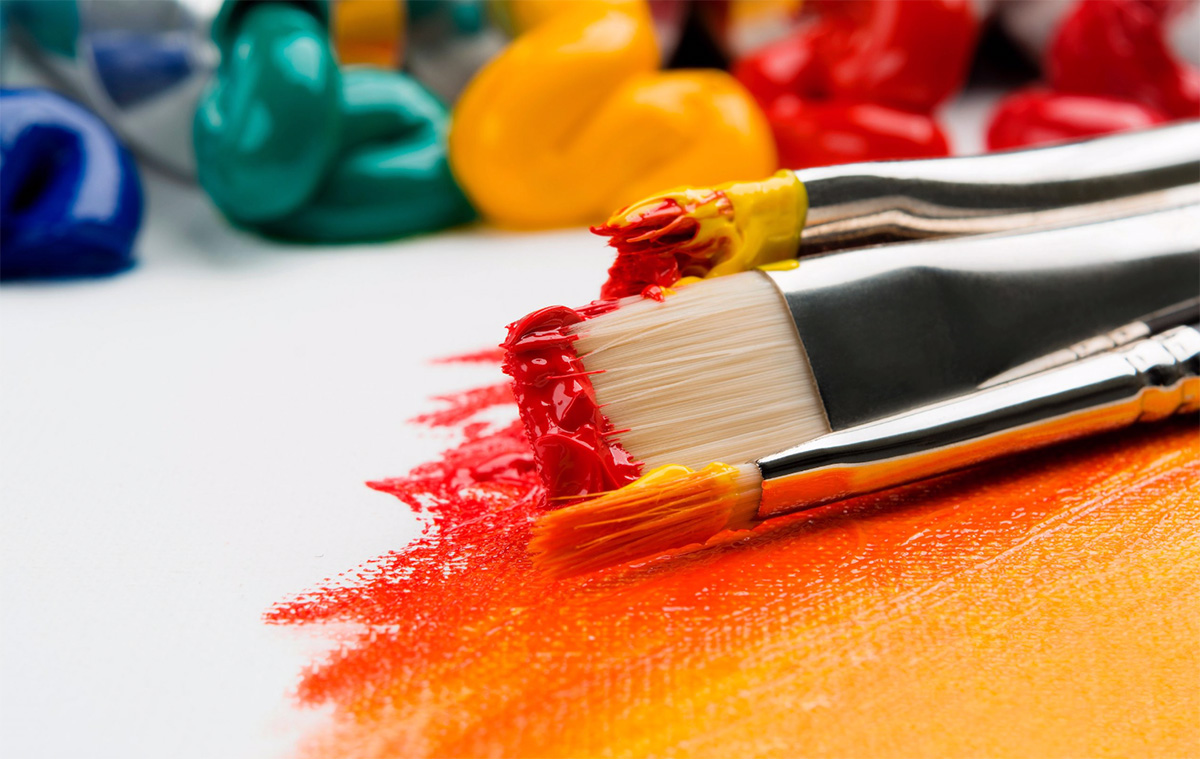
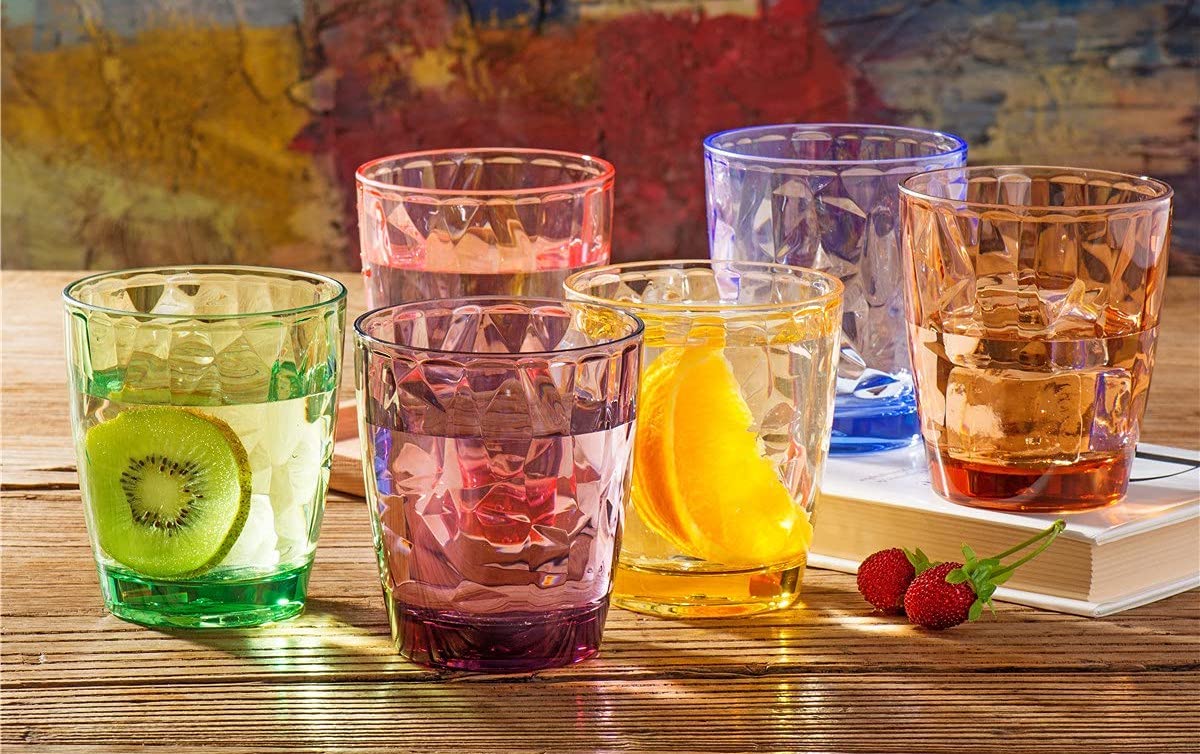

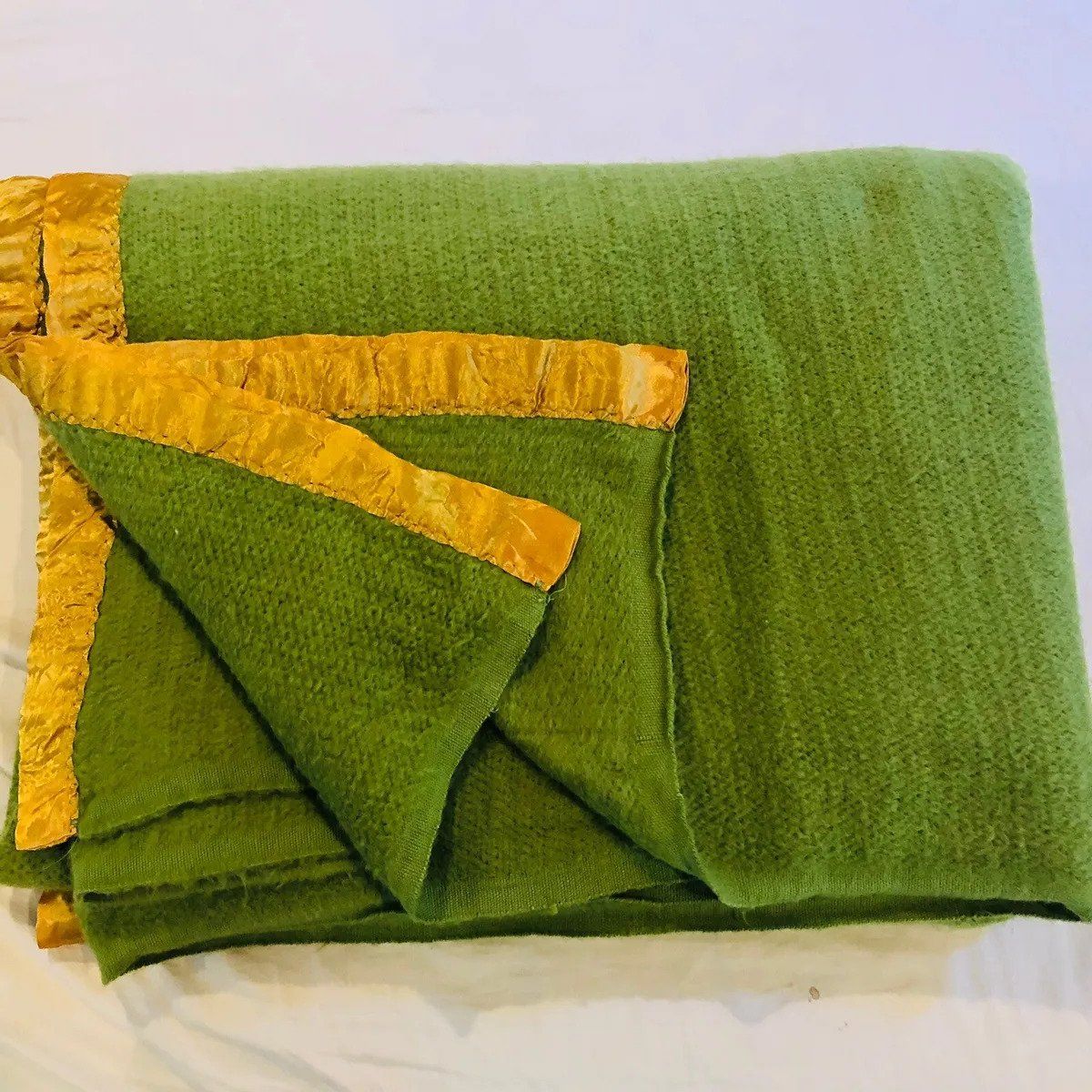
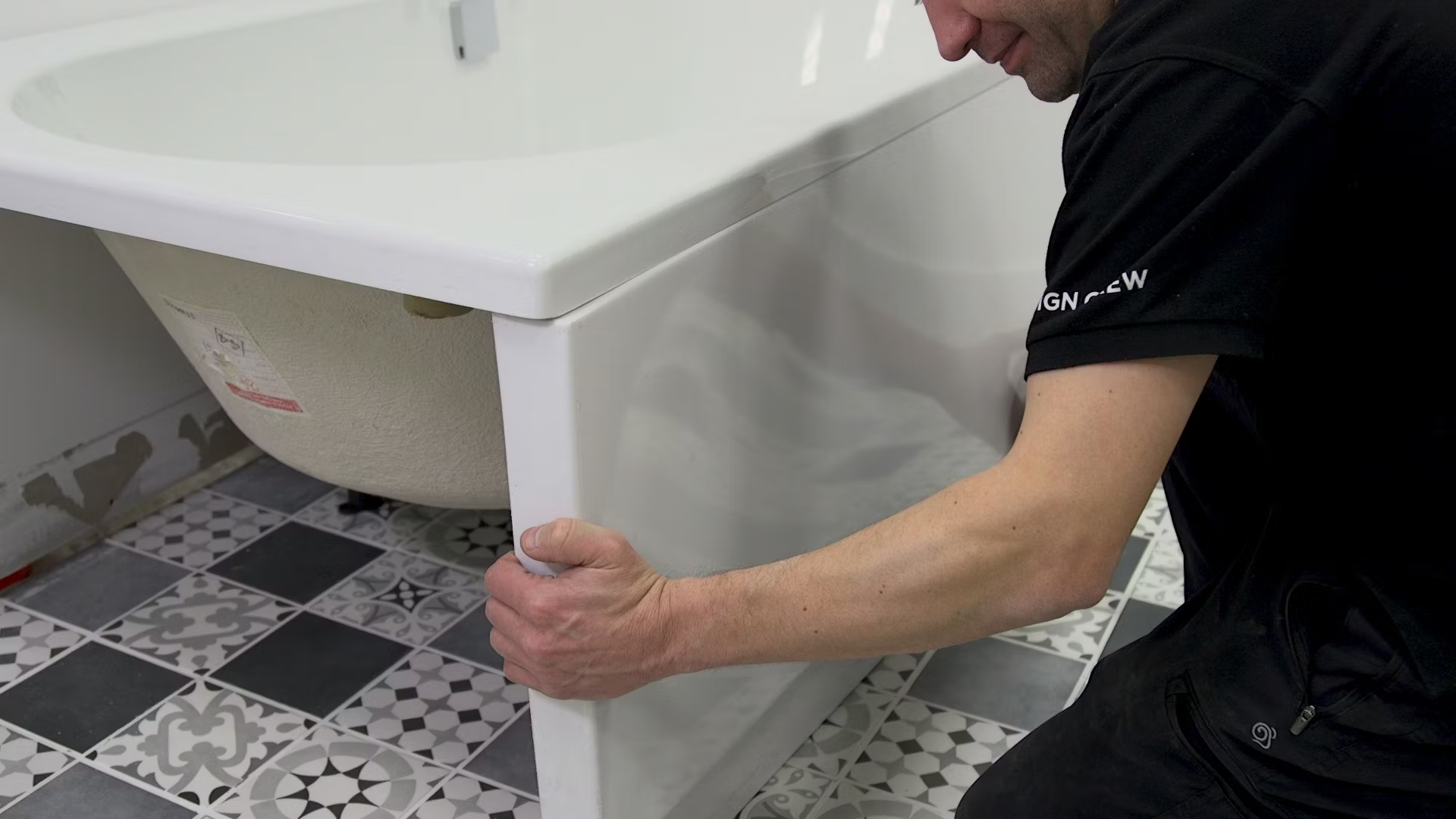
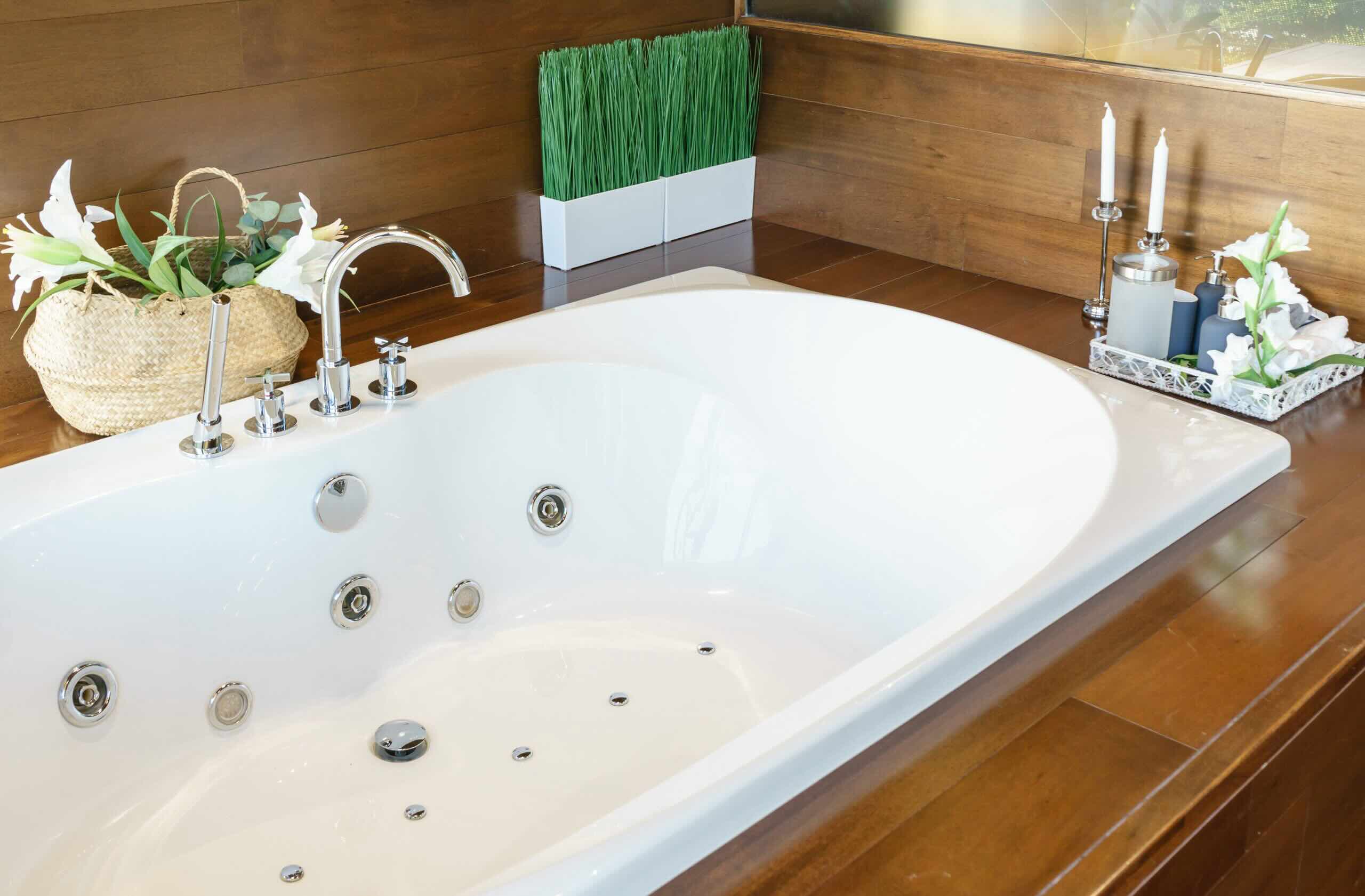
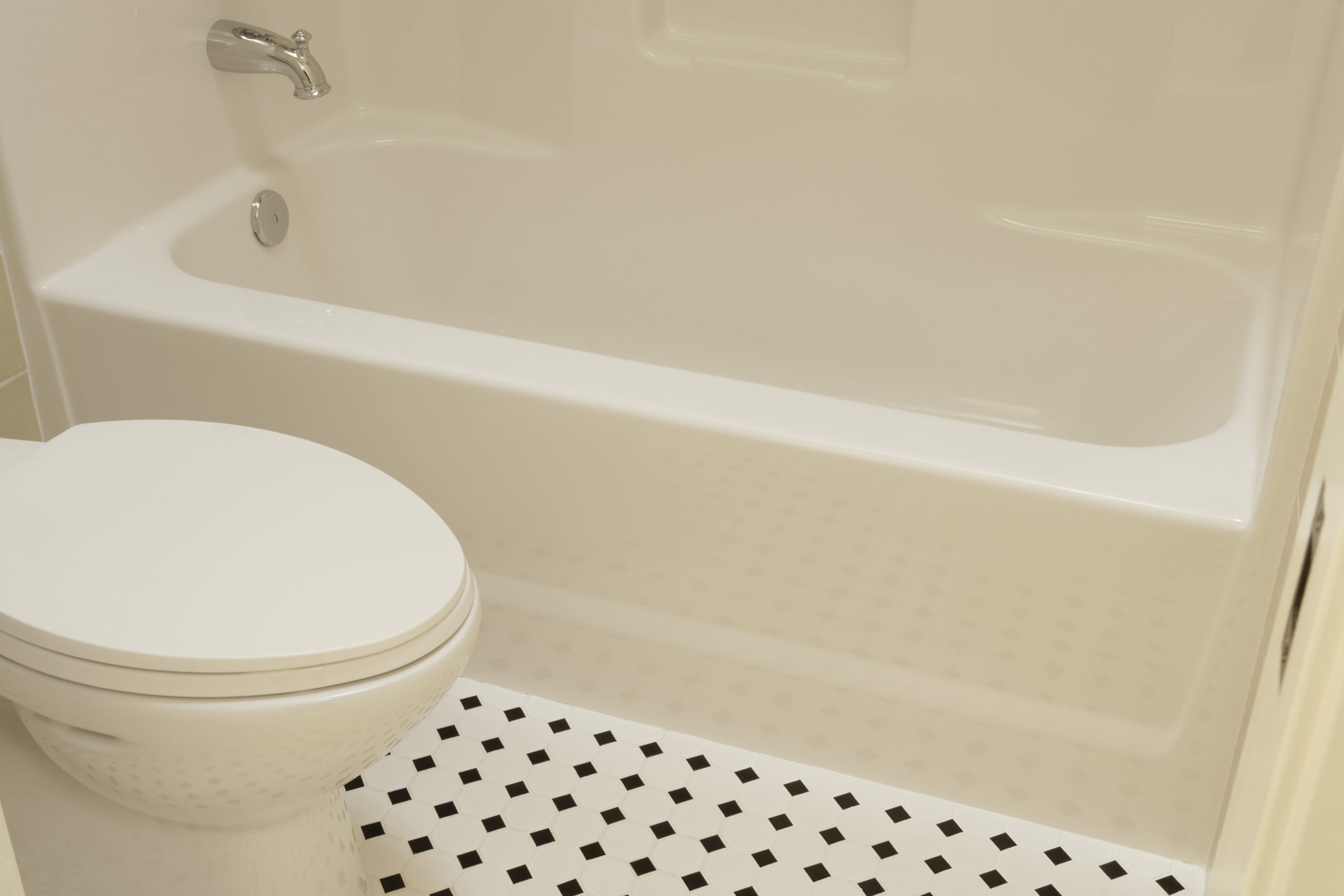

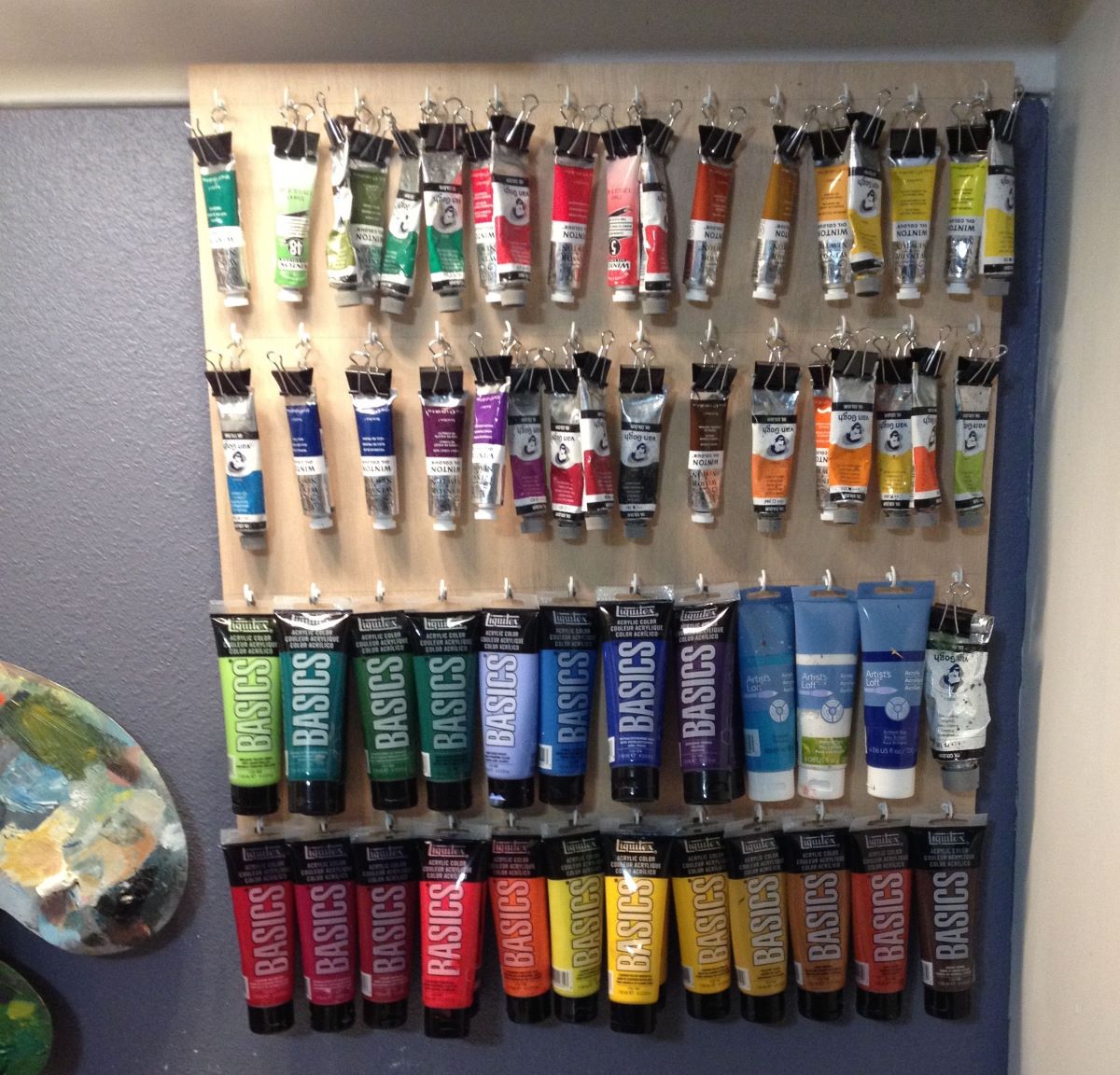
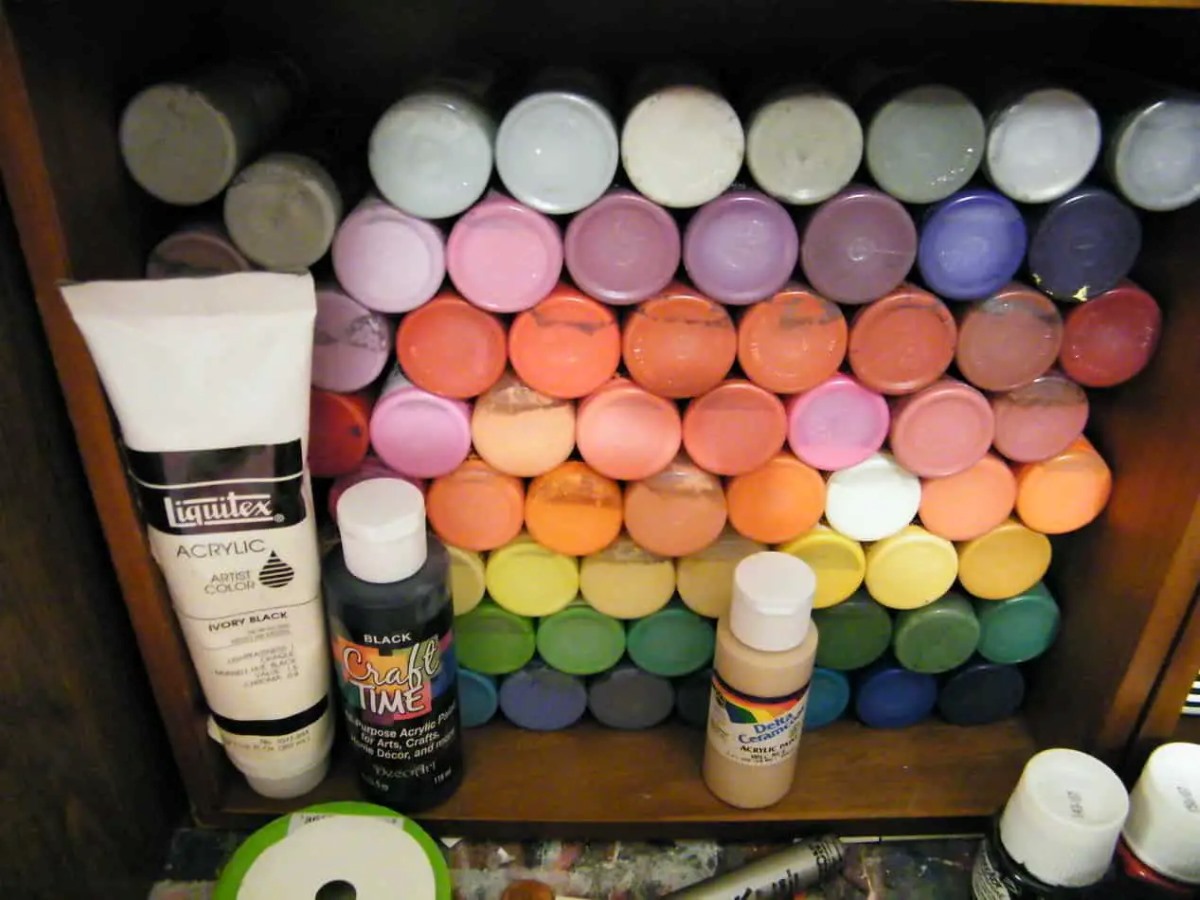
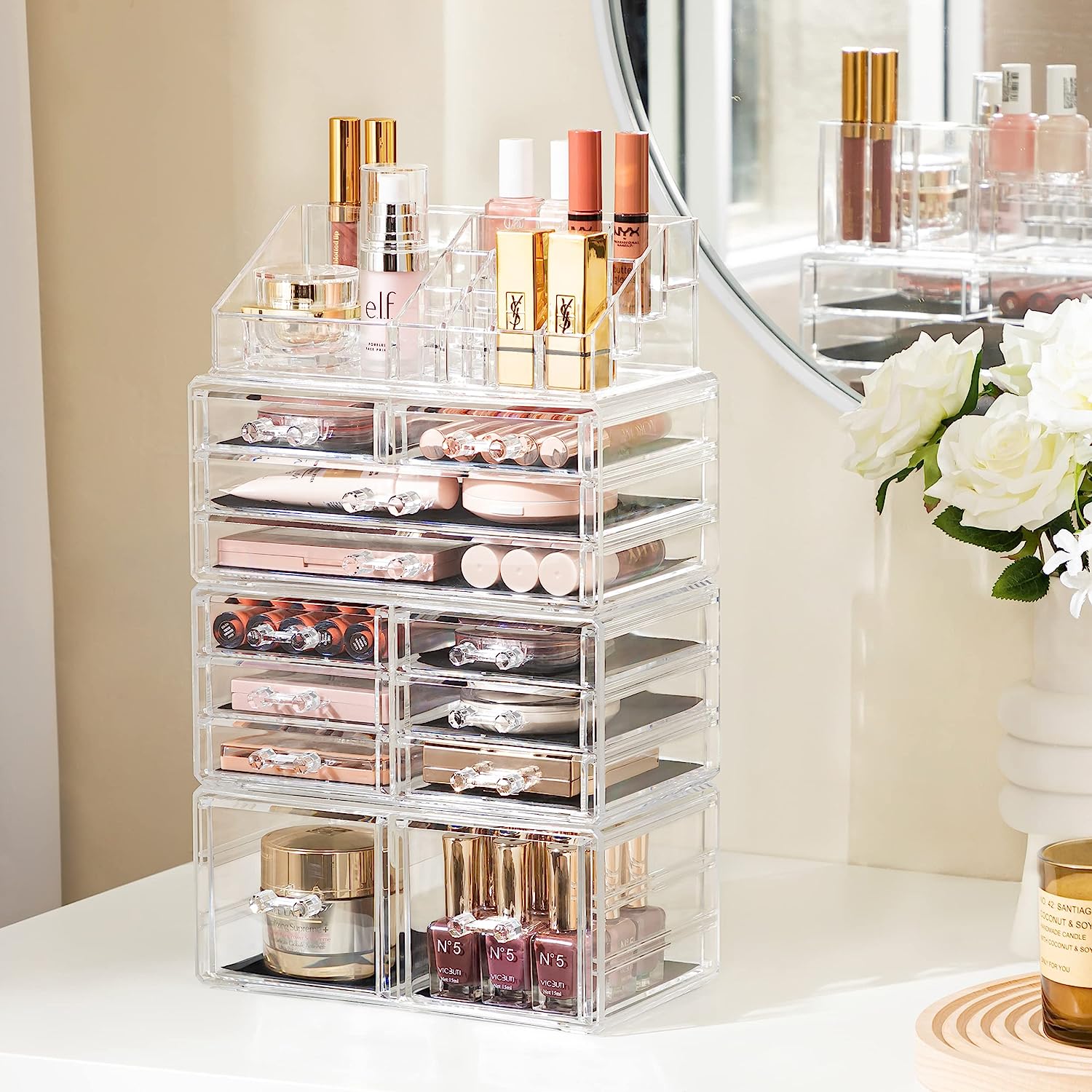
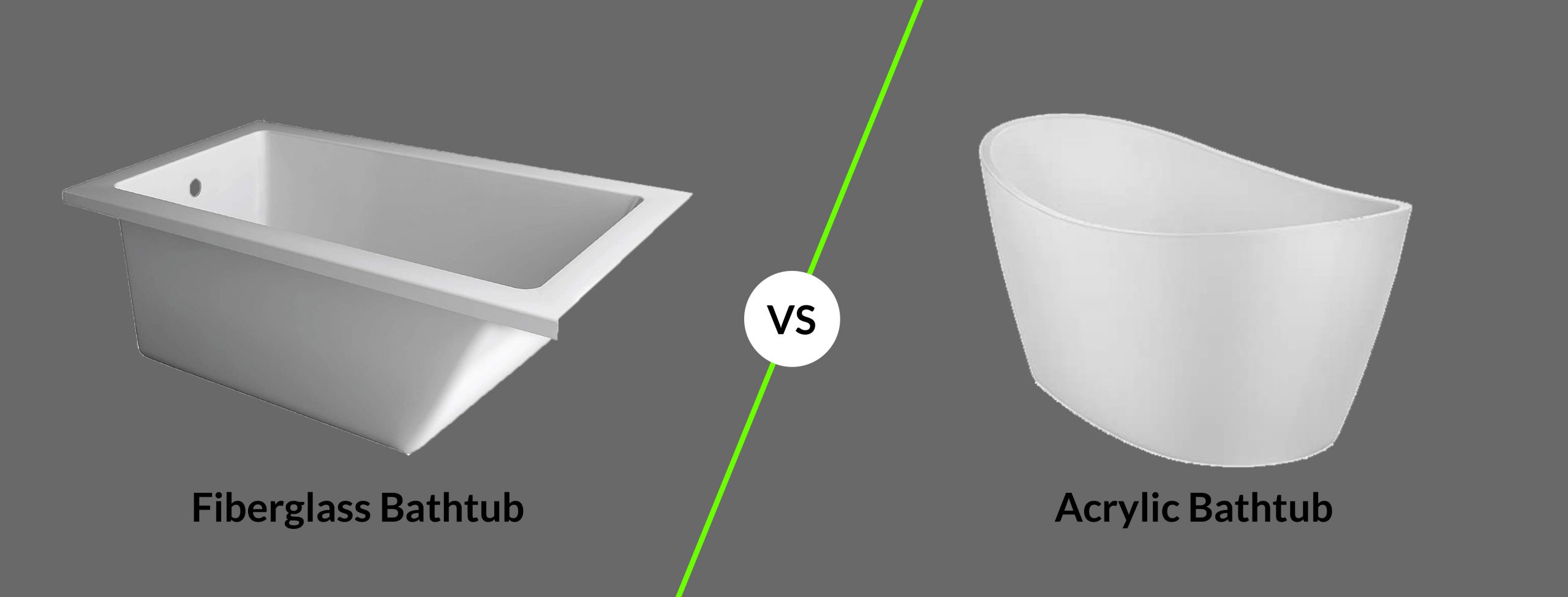
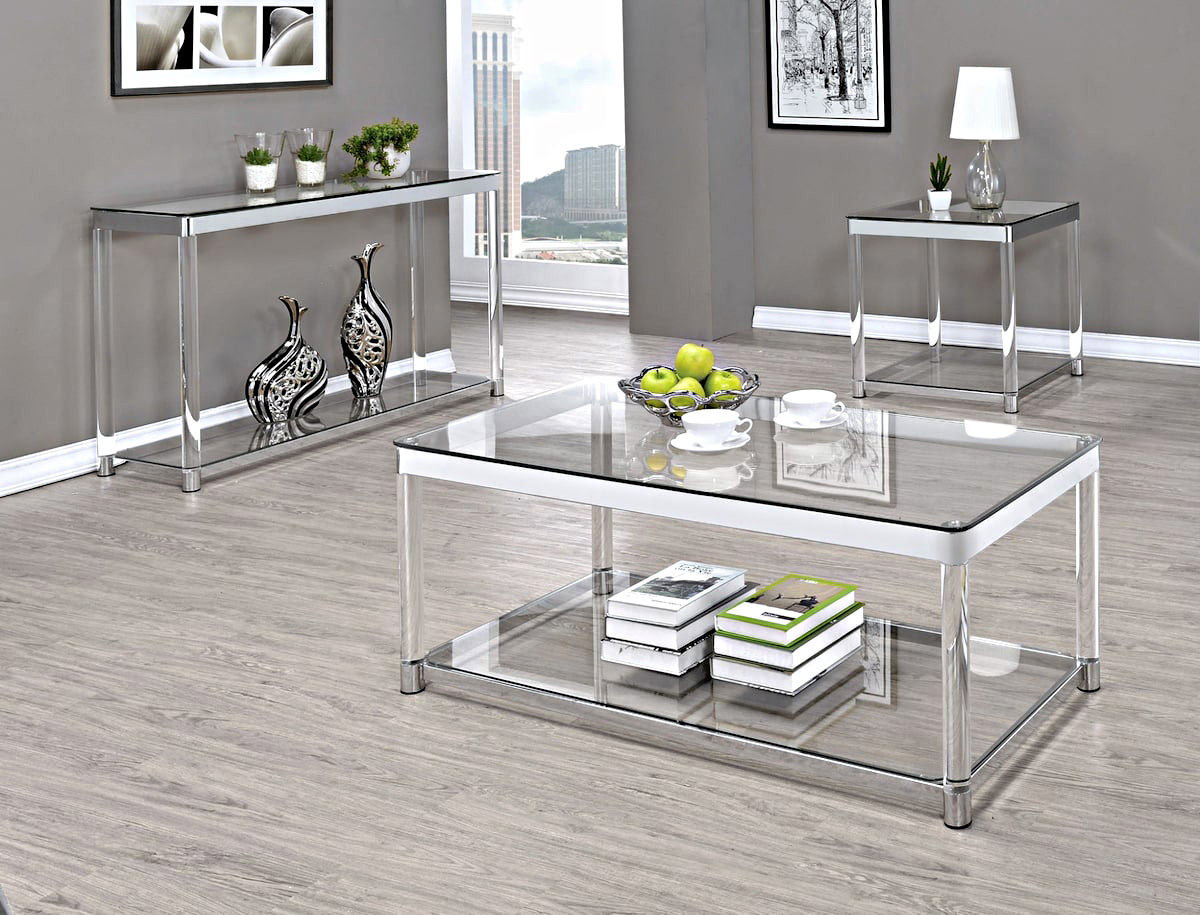
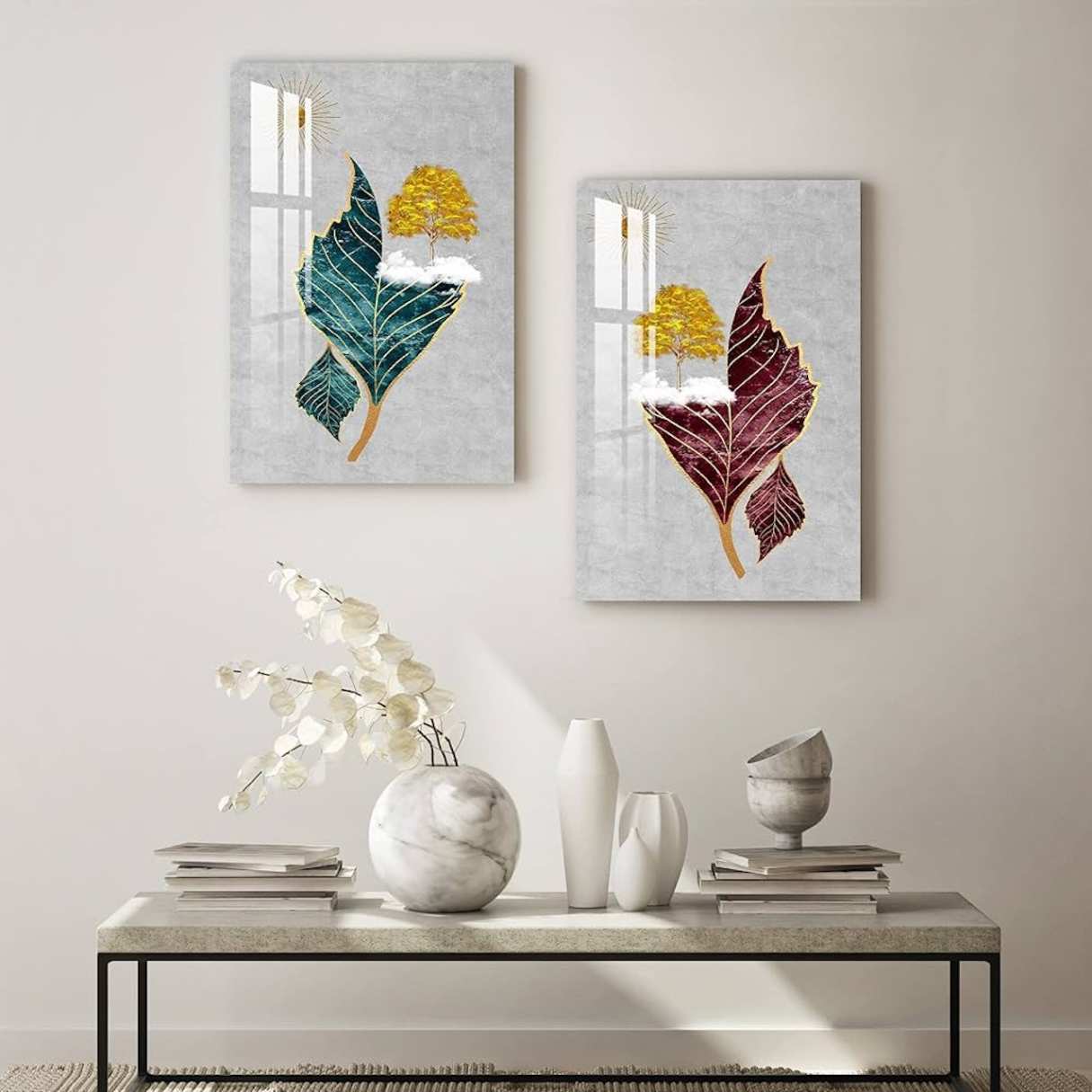

0 thoughts on “What Is Acrylic Glass”